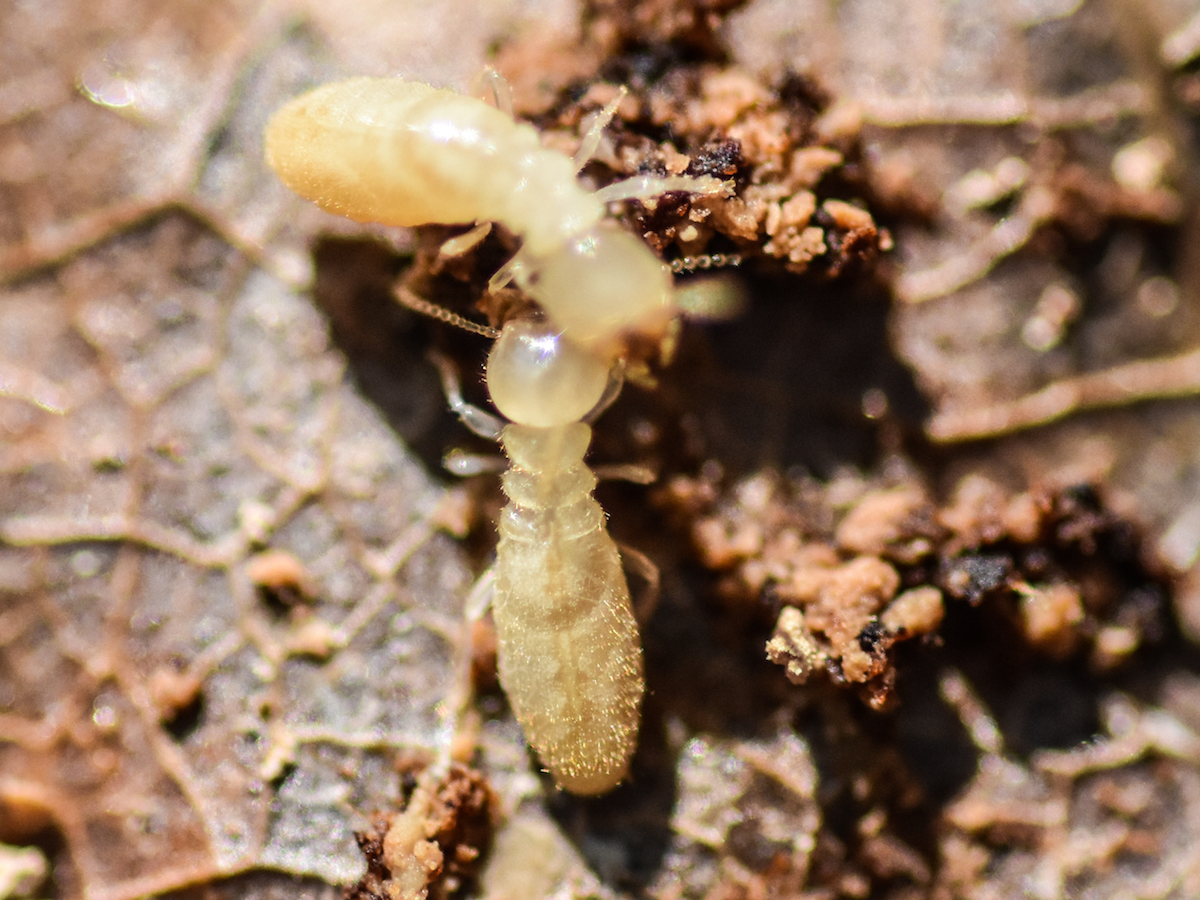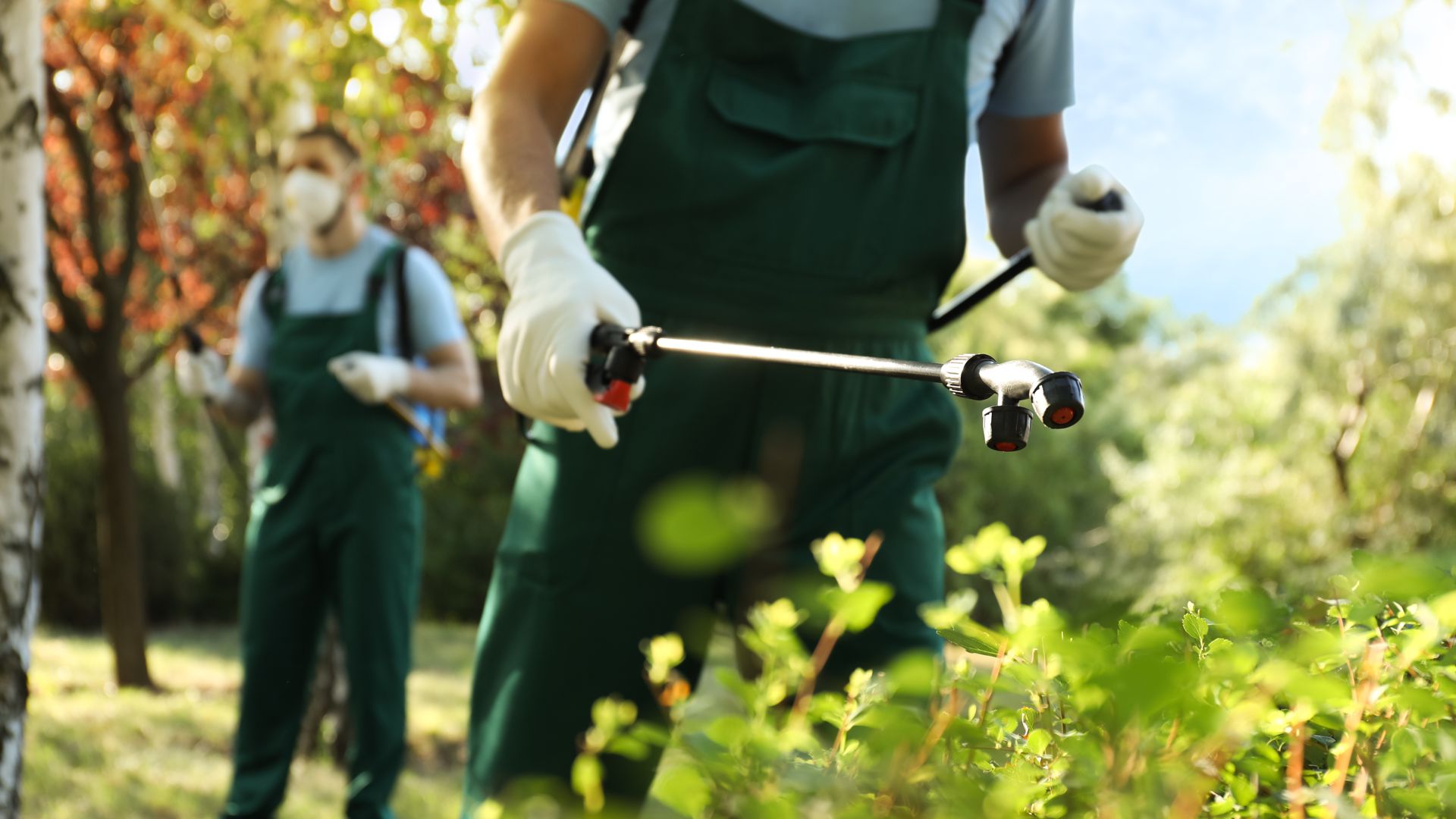
Subterranean termites, the bane of homeowners and property managers alike, are among the most destructive pests in the United States. These insidious insects can silently wreak havoc on wooden structures, causing extensive damage and financial losses. In this article, we'll embark on a journey to uncover the traits of subterranean termites and explore their presence in the Lone Star State of Texas.
Understanding Subterranean Termites:
Physical Characteristics:
Subterranean termites, belonging to the family Rhinotermitidae, are small, pale insects with soft bodies. Unlike their above-ground counterparts, they lack the darkened coloration often associated with exposure to sunlight. Their delicate appearance belies their voracious appetite for cellulose-rich materials, primarily wood.
Colony Structure:
Subterranean termite colonies consist of three primary castes: workers, soldiers, and reproductives (alates). Workers are responsible for foraging, feeding, and nest maintenance. Soldiers, equipped with large mandibles or jaws, defend the colony against threats. Alates, or swarmers, are winged reproductive termites tasked with establishing new colonies.
Feeding Habits:
As their name suggests, subterranean termites build their nests underground, accessing above-ground food sources through intricate tunnel systems. They feed on a variety of cellulose materials, including wood, paper, and plant debris. Moisture is crucial for their survival, making damp or decaying wood particularly attractive to these pests.
Presence of Subterranean Termites in Texas:
Texas is no stranger to the presence of subterranean termites. The state's diverse climate, with its combination of humid subtropical and arid conditions, provides an ideal environment for these pests to thrive. Subterranean termites are prevalent throughout Texas, posing a constant threat to residential and commercial structures alike.
Prevention and Control Measures:
Soil Treatment:
Applying liquid termiticides to the soil around structures creates a barrier that repels or eliminates termites upon contact. This method is a common preventive measure employed during construction or as part of termite management programs.
Bait Systems:
Termite bait stations strategically placed around a property lure termites with cellulose-containing bait. Once ingested, the bait disrupts the termites' ability to molt and reproduce, eventually leading to the collapse of the colony.
Structural Modifications:
Addressing moisture issues, such as leaks or improper drainage, reduces the attractiveness of a property to subterranean termites. Additionally, using termite-resistant building materials and maintaining a clearance between wood and soil helps prevent termite infestations.
Conclusion:
Subterranean termites pose a significant threat to structures in Texas and beyond, requiring vigilance and proactive measures to mitigate the risks of infestation. By understanding their traits and employing effective prevention and control strategies, homeowners and property managers can safeguard their investments and preserve the integrity of their properties against these silent invaders. Stay informed, stay vigilant, and together, we can combat the menace of subterranean termites in Texas and beyond.

